DIY Home Decor Ideas – ever feel like your living space is missing that personal touch, that spark of “you”? I know I have! We’ve all been there, scrolling through perfectly curated Instagram feeds, dreaming of a home that reflects our unique style without breaking the bank. But what if I told you that achieving that dream is easier (and more fun!) than you think?
For centuries, people have been adding personal touches to their homes, from ancient cave paintings to handcrafted tapestries. The desire to create a space that feels truly ours is deeply ingrained in our human nature. Today, with the rise of DIY culture, we have access to a wealth of inspiration and resources to transform our homes into personalized havens.
That’s why I’m so excited to share these fantastic DIY Home Decor Ideas with you! In this article, we’ll explore simple yet impactful projects that will breathe new life into your space. Whether you’re a seasoned crafter or a complete beginner, you’ll find something here to inspire you. These aren’t just about saving money (though that’s a definite bonus!); they’re about expressing your creativity, reducing waste by upcycling, and creating a home that tells your story. So, grab your glue gun, unleash your inner artist, and let’s get started on making your house a home!
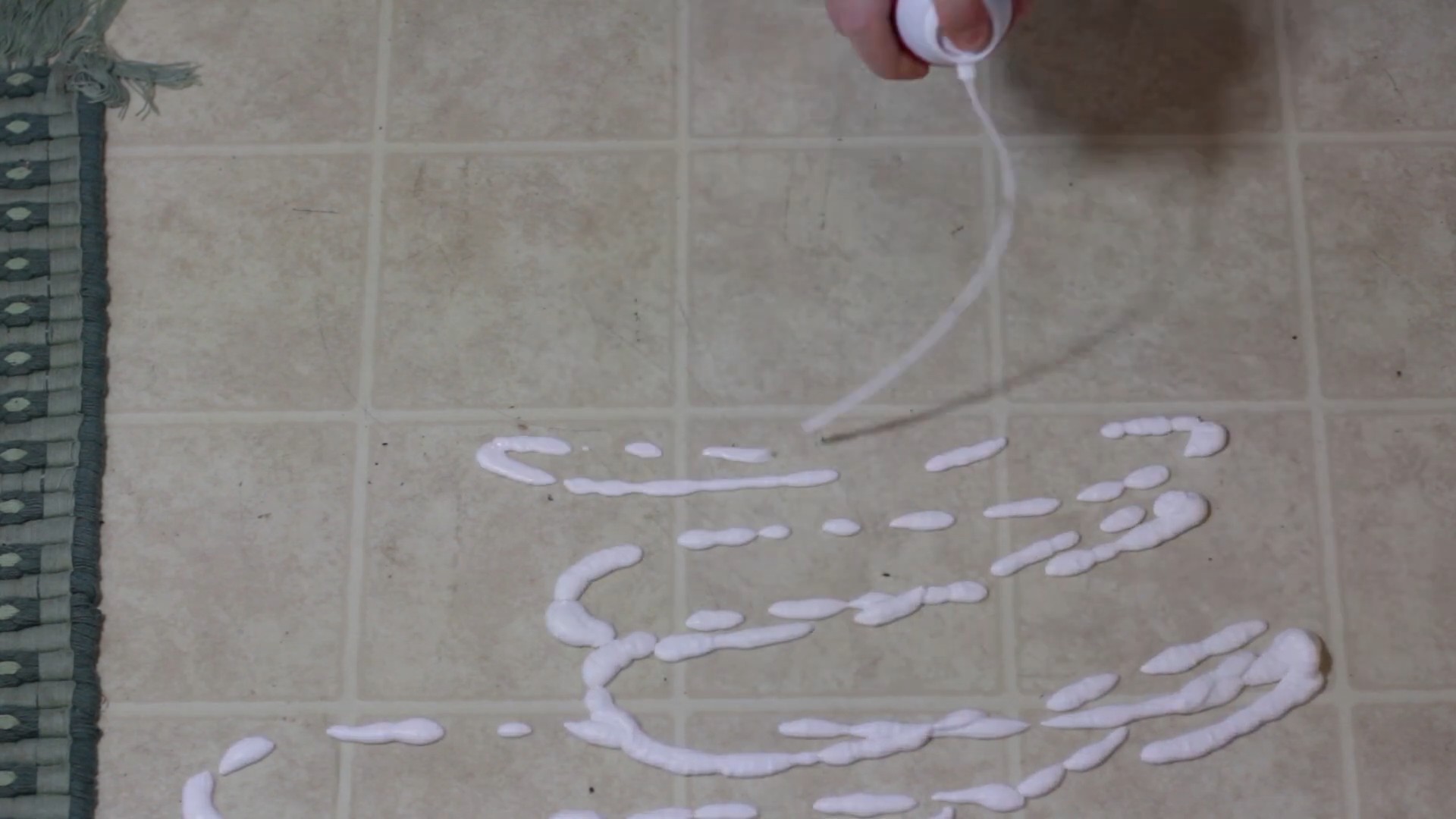
DIY Floating Bookshelves: A Magical Touch for Your Walls
Okay, let’s get real. Bookshelves can be expensive, bulky, and sometimes just plain boring. But what if I told you there’s a way to make your books appear to float on your walls? Sounds like magic, right? Well, it’s not magic, it’s DIY! And I’m going to walk you through creating your own invisible bookshelves. Get ready to impress your friends (and yourself!).
What You’ll Need: The Supply List
Before we dive in, let’s gather our supplies. This is crucial, trust me. Nothing’s worse than getting halfway through a project and realizing you’re missing something!
* Books: Obviously! Choose hardcover books that you don’t mind potentially getting a little glue on. Thicker books work best for stability.
* L-Brackets: These are the unsung heroes of this project. You’ll need sturdy metal L-brackets, preferably with a width that’s about half the height of your thickest book. The length should be sufficient to support the depth of your books. I recommend heavy-duty ones for extra support.
* Screws: Make sure you have screws that are the right length for both attaching the L-brackets to the wall and to the book. You don’t want them poking through! Drywall screws are generally a good choice for attaching to the wall if you’re hitting a stud.
* Wall Anchors: If you’re not screwing into a stud (and let’s be honest, sometimes you just can’t), you’ll need wall anchors. Choose anchors that are appropriate for the weight you’ll be putting on the shelves.
* Strong Adhesive: This is key! You need a heavy-duty construction adhesive or epoxy. I’ve had good luck with brands like Loctite Power Grab or Gorilla Glue Construction Adhesive. Make sure it’s suitable for bonding metal to paper/cardboard.
* Level: Absolutely essential for making sure your books don’t look like they’re about to slide off the wall.
* Drill: For pre-drilling holes and screwing in the screws.
* Screwdriver: If you prefer using a screwdriver over a drill, that’s fine too!
* Pencil: For marking where you’ll be drilling and attaching the brackets.
* Measuring Tape: To ensure accurate placement and spacing.
* Safety Glasses: Protect those peepers!
* Gloves: To keep your hands clean and protected from the adhesive.
* Sandpaper (Optional): If your L-brackets have any sharp edges, you might want to sand them down a bit.
* Paint (Optional): If you want to paint your L-brackets to match your wall color, go for it! This will make them even less noticeable. Choose a paint suitable for metal.
* Clamps (Optional): To hold the book and bracket together while the adhesive dries.
Step-by-Step Instructions: Creating Your Floating Shelves
Alright, let’s get down to business! Follow these steps carefully, and you’ll have your own floating bookshelves in no time.
1. Prepare Your Books: Choose the books you want to use as the base for your shelves. Remember, thicker hardcover books work best. Open the book about halfway and decide which side will be facing the wall. This is important because you’ll be attaching the L-bracket to this side.
2. Position the L-Bracket: Place the L-bracket inside the open book, with one arm of the “L” flush against the inside of the book’s spine. The other arm will be sticking out, ready to be attached to the wall. Make sure the bracket is centered on the spine for even weight distribution.
3. Apply Adhesive: This is where the strong adhesive comes in. Apply a generous amount of adhesive to the arm of the L-bracket that’s inside the book. Make sure to cover the entire surface that will be in contact with the book’s pages. Don’t be shy, but also don’t overdo it to the point where it’s oozing out everywhere.
4. Secure the Bracket: Carefully close the book, pressing the pages firmly against the adhesive-covered bracket. You want to ensure a strong bond. If you have clamps, use them to hold the book closed and the bracket in place while the adhesive dries. This will provide extra pressure and ensure a secure connection.
5. Drying Time: This is the hardest part: waiting! Follow the adhesive manufacturer’s instructions for drying time. This could be anywhere from a few hours to 24 hours. Be patient! Don’t try to rush this step, or your shelf might not be strong enough.
6. Prepare the Wall: While the adhesive is drying, let’s get the wall ready. Decide where you want to place your floating shelves. Use your measuring tape and level to mark the desired location for each shelf. Make sure they’re evenly spaced and aligned.
7. Locate Studs (If Possible): Use a stud finder to locate the studs in your wall. Screwing directly into a stud is the strongest way to mount your shelves. If you can’t find a stud, don’t worry, we’ll use wall anchors.
8. Pre-Drill Holes: Using your drill, pre-drill holes in the wall at the marked locations. If you’re hitting a stud, use a drill bit that’s slightly smaller than the diameter of your screws. If you’re using wall anchors, use a drill bit that’s the size recommended by the anchor manufacturer.
9. Install Wall Anchors (If Necessary): If you’re not screwing into a stud, install the wall anchors into the pre-drilled holes. Follow the anchor manufacturer’s instructions for installation.
10. Attach the Shelf to the Wall: Once the adhesive is completely dry and the wall is prepared, it’s time to attach the shelf to the wall. Carefully align the L-bracket with the pre-drilled holes in the wall.
11. Secure with Screws: Using your drill or screwdriver, screw the L-bracket into the wall. Make sure the screws are securely fastened, but don’t overtighten them, especially if you’re using wall anchors.
12. The First Book: Now for the fun part! Slide the first book onto the exposed arm of the L-bracket. This book will hide the bracket and create the illusion of a floating shelf.
13. Add More Books: Continue adding books to the shelf, stacking them on top of the first book. Be mindful of the weight limit of your L-bracket and wall anchors. Don’t overload the shelf!
14. Adjust and Admire: Step back and admire your handiwork! Adjust the books as needed to create a visually appealing arrangement. Make sure the shelf is level and stable.
Tips and Tricks for Success
* Weight Distribution is Key: Distribute the weight of the books evenly across the shelf. Place heavier books closer to the wall and lighter books towards the front.
* Choose the Right Adhesive: Don’t skimp on the adhesive! A strong, reliable adhesive is essential for the success of this project.
* Consider the Wall Type: The type of wall you’re mounting the shelves on will affect the type of anchors you need. Drywall, plaster, and concrete all require different types of anchors.
* Test the Shelf: Before loading up the shelf with books, test it by applying some pressure to the front. Make sure it feels stable and secure.
* Paint the Brackets: Painting the L-brackets the same color as your wall will make them even less noticeable, enhancing the floating effect.
* Get Creative with Book Arrangement: Don’t just stack the books in a straight line. Experiment with different arrangements to create a more visually interesting display. You can alternate the direction of the spines, add decorative objects, or even create a small vignette on the shelf.
* Safety First: Always wear safety glasses when drilling and screwing. And be careful when handling sharp objects.
* Don’t Be Afraid to Ask for Help: If you’re not comfortable with any of these steps, don’t hesitate to ask a friend or family member for help.
* Consider the Depth of the Books: Try to use books that are relatively uniform in depth. This will create a cleaner, more streamlined look. If you have books of varying depths, you can use the deeper books as the base and stack the shallower books on top.
* Use Different Sizes of L-Brackets: For longer shelves, you might want to use multiple L-brackets for added support. You can also use different sizes of L-brackets to accommodate books of different heights.
* Think About Lighting: Consider adding a small spotlight or LED strip above the shelves to highlight your floating books. This will
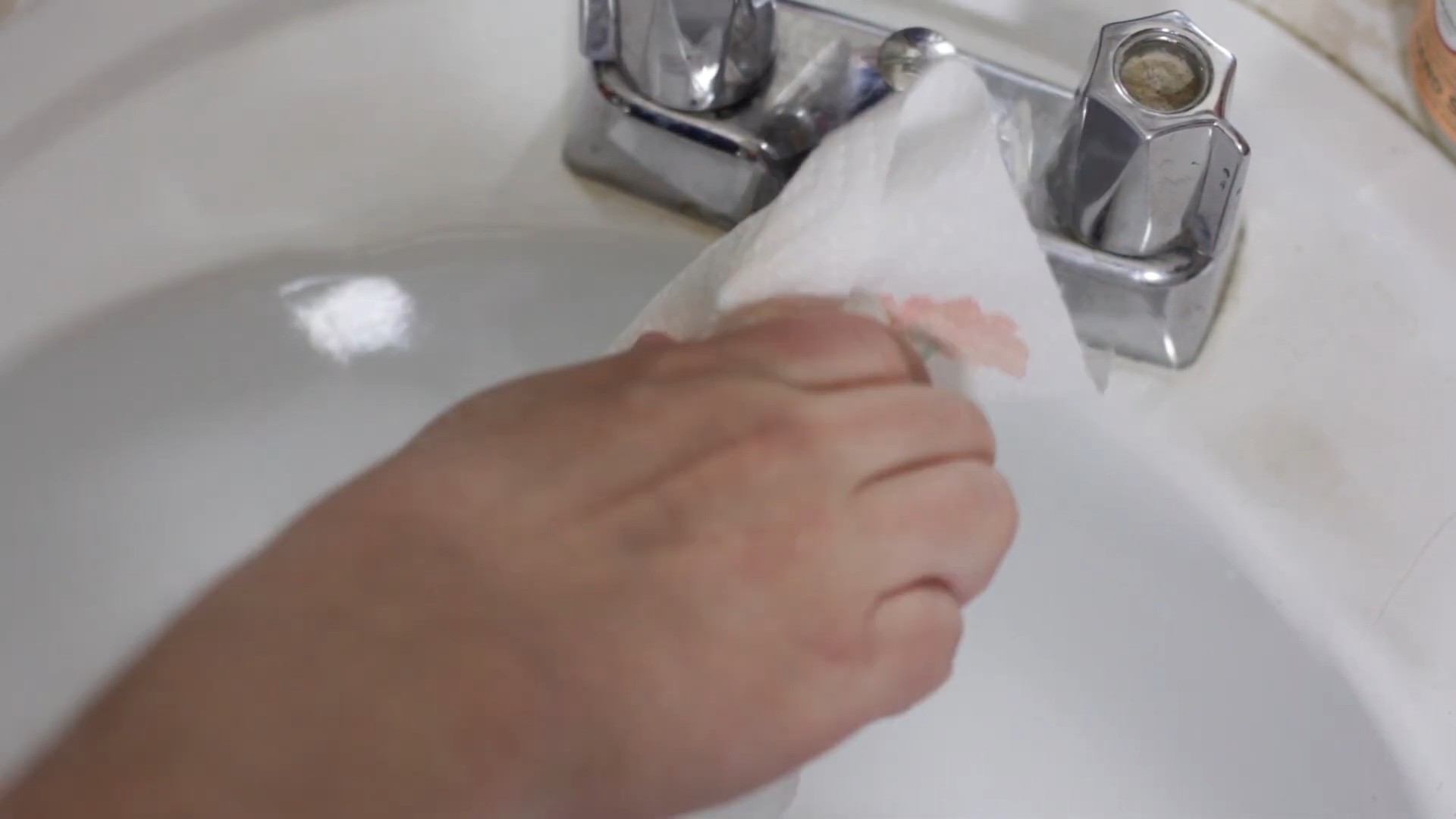
Conclusion
So, there you have it! Transforming your living space doesn’t require a hefty budget or professional help. These DIY home decor ideas are not just about saving money; they’re about injecting your personality and creativity into every corner of your home. From repurposing old jars into charming vases to creating stunning wall art with simple materials, the possibilities are truly endless.
What makes these DIY projects a must-try? It’s the unique blend of affordability, personalization, and the sheer satisfaction of creating something beautiful with your own hands. Imagine the pride you’ll feel when guests admire that stunning gallery wall you curated yourself, or the cozy ambiance created by the hand-painted lampshade you crafted. These aren’t just decorations; they’re conversation starters, reflections of your style, and tangible reminders of your creative spirit.
But don’t stop there! Feel free to experiment and adapt these ideas to suit your individual taste and needs. For example, if you’re creating a macrame wall hanging, try using different colors of yarn or incorporating beads for added texture. When painting furniture, consider using stencils to add intricate patterns or distressing techniques for a vintage look. If you’re short on space, consider vertical gardening solutions using repurposed pallets or hanging planters. The key is to let your imagination run wild and embrace the imperfections – they’re what make your creations truly unique.
Consider variations like using reclaimed wood for rustic shelves, or creating a personalized photo display using string lights and clothespins. You could even try upcycling old clothing into decorative pillows or rugs. The beauty of DIY is that there are no rules!
We wholeheartedly encourage you to try these DIY home decor ideas and embark on your own creative journey. Don’t be intimidated if you’re a beginner – start with a simple project and gradually work your way up to more complex ones. There are countless online tutorials and resources available to guide you every step of the way.
Most importantly, have fun! Decorating your home should be an enjoyable and rewarding experience. So, gather your materials, put on some music, and let your creativity flow.
And once you’ve transformed your space, we’d love to see your creations! Share your photos and stories with us on social media using #DIYHomeDecorMagic. Let’s inspire each other and create a community of passionate DIY enthusiasts. We can’t wait to see what you come up with!
Frequently Asked Questions (FAQs)
What are the easiest DIY home decor ideas for beginners?
Starting with simple projects is key to building confidence. Some excellent options for beginners include:
* **Painting Mason Jars:** Transform ordinary mason jars into stylish vases or storage containers with a coat of paint and some decorative twine.
* **Creating a Photo Collage:** Gather your favorite photos and arrange them in a visually appealing collage on a blank wall.
* **Making Simple Wall Art:** Use stencils and paint to create abstract or geometric designs on canvas or wood panels.
* **Repurposing Old Clothes:** Cut up old t-shirts or fabric scraps and sew them together to create decorative pillow covers.
* **Building a Simple Shelf:** Use reclaimed wood or inexpensive lumber to build a basic shelf for displaying plants or books.
Where can I find affordable materials for my DIY projects?
You don’t need to break the bank to create beautiful DIY home decor. Here are some great places to find affordable materials:
* **Thrift Stores and Flea Markets:** These are treasure troves for finding unique and inexpensive items that can be repurposed or upcycled.
* **Dollar Stores:** Dollar stores often carry basic craft supplies, such as paint, brushes, glue, and decorative items.
* **Hardware Stores:** Hardware stores are a great source for lumber, nails, screws, and other essential building materials.
* **Online Marketplaces:** Websites like Craigslist and Facebook Marketplace are excellent places to find free or discounted materials, such as furniture, wood scraps, and fabric remnants.
* **Your Own Home:** Look around your home for items that you can repurpose or upcycle, such as old jars, bottles, fabric scraps, and furniture.
How can I personalize my DIY home decor projects?
Personalization is what makes DIY projects truly special. Here are some ways to add your own unique touch:
* **Choose Colors and Patterns That Reflect Your Style:** Select colors and patterns that you love and that complement your existing decor.
* **Incorporate Personal Items:** Add personal items, such as photos, mementos, and souvenirs, to your DIY projects.
* **Add Monograms or Initials:** Personalize your creations with your initials or a monogram.
* **Use Stencils or Stamps to Add Custom Designs:** Create your own stencils or stamps to add unique designs to your projects.
* **Experiment with Different Textures and Finishes:** Add texture and visual interest to your projects by using different materials and finishes.
What are some tips for ensuring my DIY projects look professional?
While DIY projects are all about creativity and self-expression, there are some things you can do to ensure they look polished and professional:
* **Take Your Time:** Don’t rush through your projects. Take your time and pay attention to detail.
* **Use Quality Materials:** Investing in quality materials will make a big difference in the final result.
* **Measure Carefully:** Accurate measurements are essential for ensuring that your projects fit properly and look balanced.
* **Sand and Prime Surfaces Before Painting:** Sanding and priming surfaces before painting will create a smooth and even finish.
* **Use the Right Tools:** Using the right tools for the job will make your projects easier and more efficient.
* **Practice Before You Start:** If you’re trying a new technique, practice on a scrap piece of material before you start your actual project.
How can I get inspired for my DIY home decor projects?
Inspiration is all around us! Here are some great sources of inspiration for your DIY home decor projects:
* **Pinterest:** Pinterest is a visual discovery engine where you can find countless DIY home decor ideas.
* **Instagram:** Instagram is another great platform for finding inspiration and connecting with other DIY enthusiasts.
* **Home Decor Magazines:** Home decor magazines are a great source of inspiration for the latest trends and styles.
* **Online Blogs and Websites:** There are countless blogs and websites dedicated to DIY home decor.
* **Your Own Home:** Look around your own home for inspiration. What areas need a little sprucing up? What colors and patterns do you love?
What if my DIY project doesn’t turn out exactly as planned?
Don’t be discouraged if your DIY project doesn’t turn out exactly as planned. Remember, DIY is all about experimentation and learning. Embrace the imperfections and see them as part of the unique charm of your creation. If you’re not happy with the result, you can always try again or repurpose the materials for another project. The most important thing is to have fun and enjoy the process!

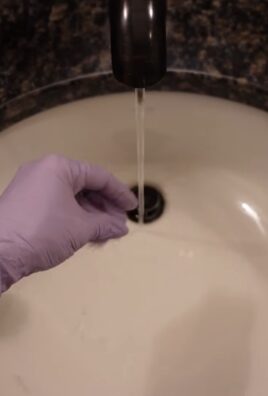
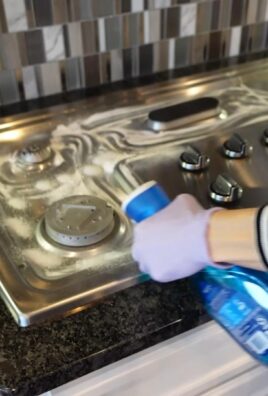
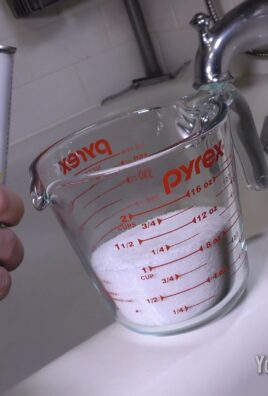
Leave a Comment